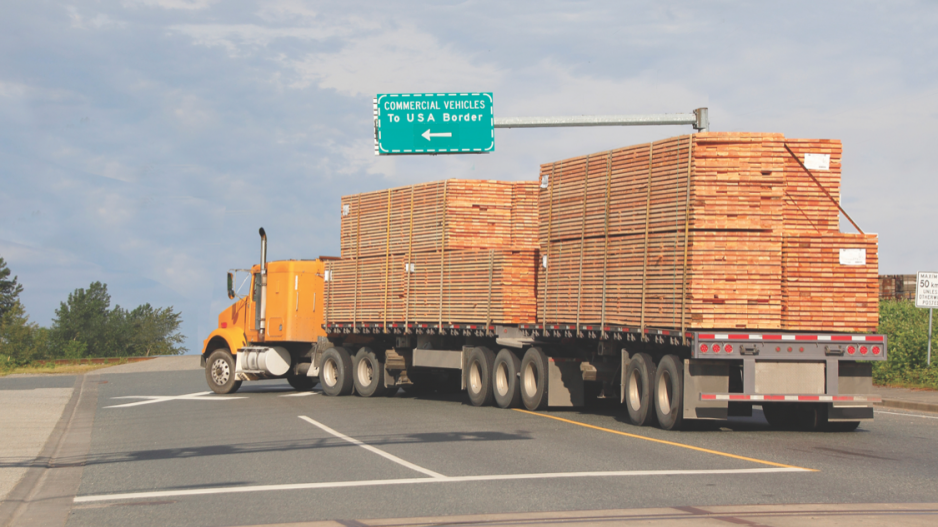Inflation and its cure, rising interest rates, are beginning to hit the bottom lines of two of B.C.’s biggest forestry companies.
West Fraser Timber Co. (TSX,NYSE: WFG) and Canfor Corp. (TSX: CFP) released third quarter financials this week that show both companies still making a good profit on lumber and pulp sales, but with those profits taking a sharp dip compared to previous quarters, thanks to a decline in new home construction in the U.S.
Both companies also report high log costs in B.C. and railway bottlenecks as factors affecting their bottom lines.
West Fraser reported sales of $2 billion for the third quarter and earnings of $216 million, down from second quarter sales of $2.9 billion and earnings of $762 million.
Canfor reported third quarter sales of $1.6 billion and net income of $87.4 million, down from second quarter sales of $2.2 billion and net income of $373.8 million.
“As global lumber market conditions continued to soften from the highs earlier in the year, our lumber business delivered solid results in the quarter, largely reflecting the benefit of our global diversification strategy,” Canfor CEO Don Kayne said.
“However, the steep declines in global lumber pricing, combined with high log costs in British Columbia … led to the difficult decision to extend reduced operating schedules at our Western Canadian sawmills.”
“West Fraser generated solid financial results in the third quarter of 2022 and returned more than $200 million of capital to shareholders through share repurchases and a quarterly dividend,” said West Fraser CEO Ray Ferris.
“We saw considerable improvement in the transportation challenges that had impacted our business earlier this year. However, ongoing inflationary cost pressures and slowing demand for many of our key products impacted our financial results this quarter.”
B.C. lumber producers enjoyed high lumber prices in 2020 and 2021, driven by a strong American housing market, and a robust remodeling and repair market.
But lumber prices began to drop in the latter half of 2022, as inflation and rising interest rates began to temper demand. Current prices for Western Canadian spruce-pine-fir are down to about US$480 per thousand board feet -- down from a 52-week average of US$1,130 per thousand board feet, according to Natural Resources Canada.
In September, Canfor began to curtail production at its B.C. sawmills, due to “declining lumber prices and high log costs."
“Looking ahead, global lumber market fundamentals are anticipated to face significant downward pressure through the balance of 2022,” Canfor says in its third quarter report.
“Decreasing housing affordability, tied to persistent inflation and interest rates, is projected to continue to reduce new home construction activity in North America while the repair and remodeling sector is forecast to experience some softness in the fourth quarter.”
B.C.'s other large lumber producer, Interfor (TSX: IFP), has not released its third quarter financials yet, but has announced it will curtail production in the fourth quarter, due to falling lumber prices. The company plans to reduce production by 200 million board feet in the fourth quarter, citing "current economic conditions and market uncertainty have led to reduced lumber demand."




